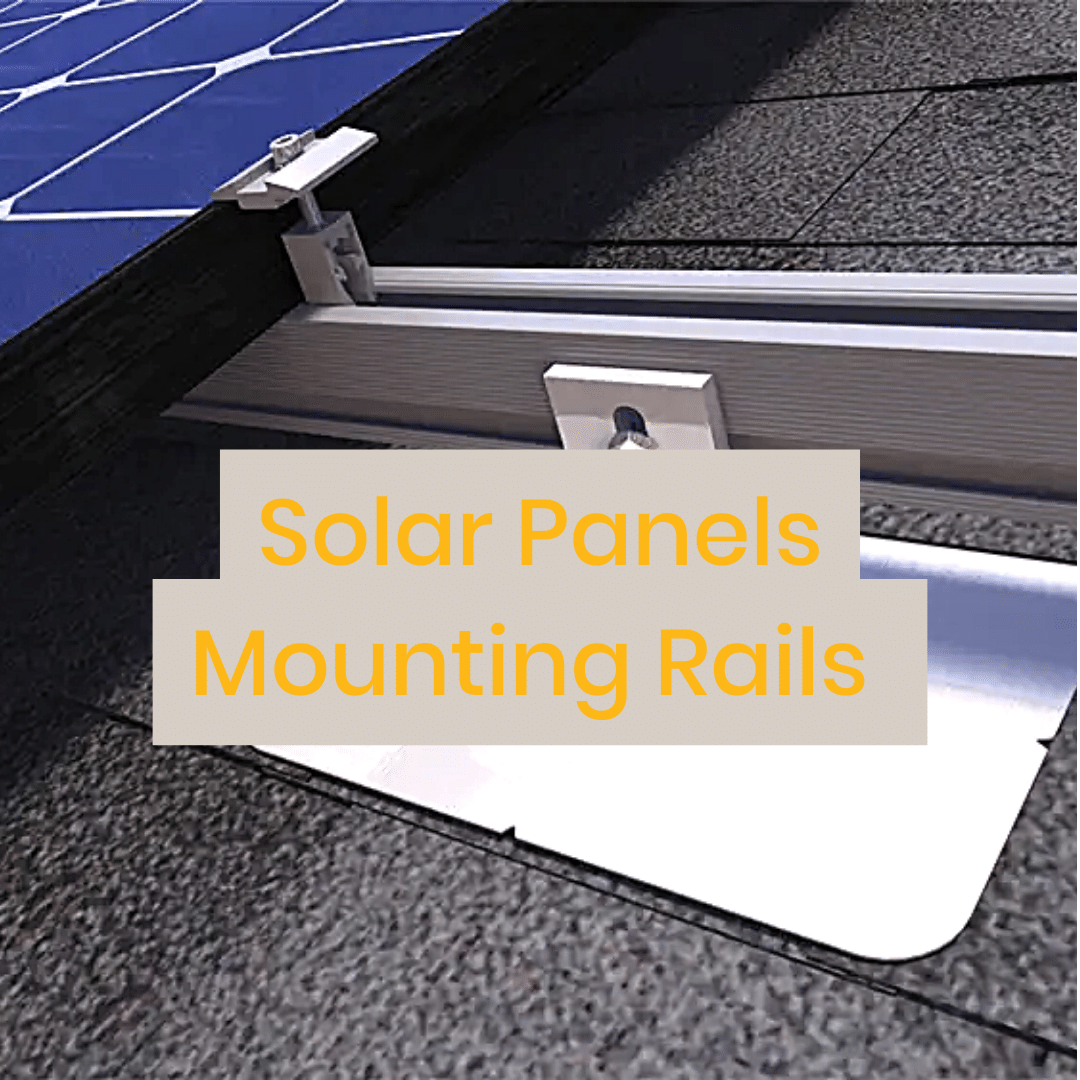Recently, many homeowners have switched to renewable and energy-efficient power for their households. They harness clean energy from solar panels for their homes.
Solar panels are made of photovoltaic cells. These cells are put in between silicone layers, which is the conductor. Electricity is created after sunlight hits the panels.
The inverter attached to the Solar Panel converts the electricity into usable energy to run various home appliances. Solar Panel mounting rails are used to install solar panels on top of the roofs or to support ground-mounted systems.
What are Solar Panels Mounting Rails and Racking?
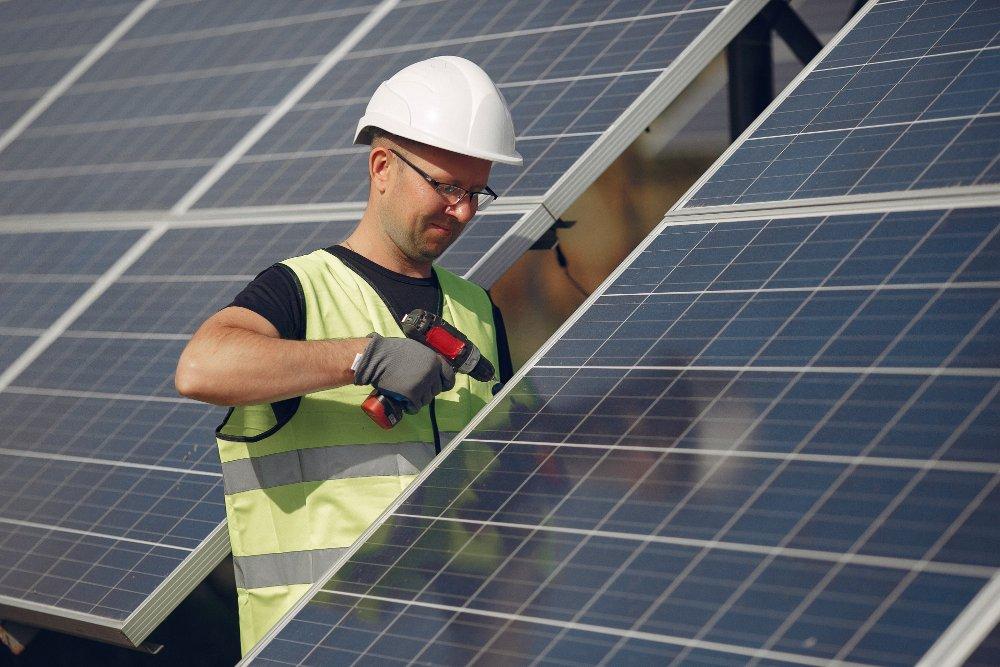
Solar mounts and racks are equipment that helps in correctly installing solar systems in a secured position. The panels will not stay in place without a proper solar system roof mount.
You might compromise the roof’s stability if you don’t use a good-quality mounting system. Therefore, when selecting a mounting system, you must be confident that it can withstand all harsh climatic conditions.
Depending on your requirement and space availability, you can mount solar systems in multiple ways: on roofs, on poles in the ground, and with trackers. By installing solar panels, you can optimize their performance to produce the best power output based on the azimuth.
The panels will receive maximum sun exposure in the right location, enhancing efficiency. An adequately mounted array can keep the solar energy systems in place for an extended period, probably up to 25 years.
As panels become popular, manufacturers have designed unique mounting structures that work with any solar energy system. The structures are flexible to different mounting rail techniques.
If you want a pocket-friendly and straightforward option, stationary mounting hardware seems right. But you would have to spend more money if you want a customized sun-tracking array.
Regardless of your mounting option, it must follow the durability and structural integrity guidelines. Choosing a compromised mounting rail system can put your safety at risk.
Solar Mounting System Components
Solar panel mounting consists of three main components. It includes roof attachment, mounting rails, and module clamps. Each component stabilizes the Solar Panel so it doesn’t move from its position.
#1 Roof Attachments
The roof attachments are fasteners that are drilled into the roof. It helps in offering a secure connection of mounting rails. Your roof type (asphalt, tile, flat) roofs influence your roof attachment options.
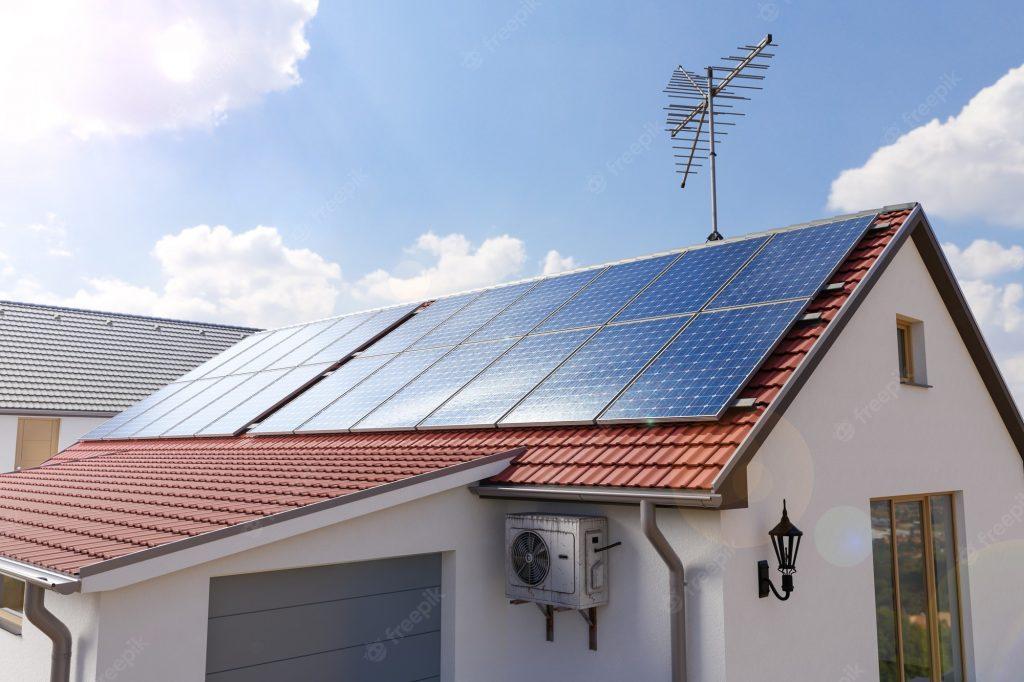
For instance, you can get a composite shingle roof attachment to prevent leaks. On the other hand, standing metal seam roof attachments use a clamp design that is attached beneath the metal seams
#2 Mounting Rails
Mounting rails are the next component that is connected to drilled-in roof attachments. These rails hold and offer the necessary support to the solar panels. These rails are available in different lengths and thicknesses.
You can use a thicker rail to support more weight as it’s stronger. Conversely, thin rails are not ideal for being used in climates with snowfall. Learn more about how solar brushes help to clean snow and help to keep the solar panels clean and able to handle the thin rails, in case you plan to use them for installation.
You can also rack with no rails, but many people choose mounting rails because they are easy to work with. Also, it allows you to adjust the solar systems at different angles.
#3 Module Clamps
The module clamps connect solar energy systems to the mounting rails. The type of module clamp you need on the type of rail mounting. If you have standard solar panels, you should get adjustable module clamps.
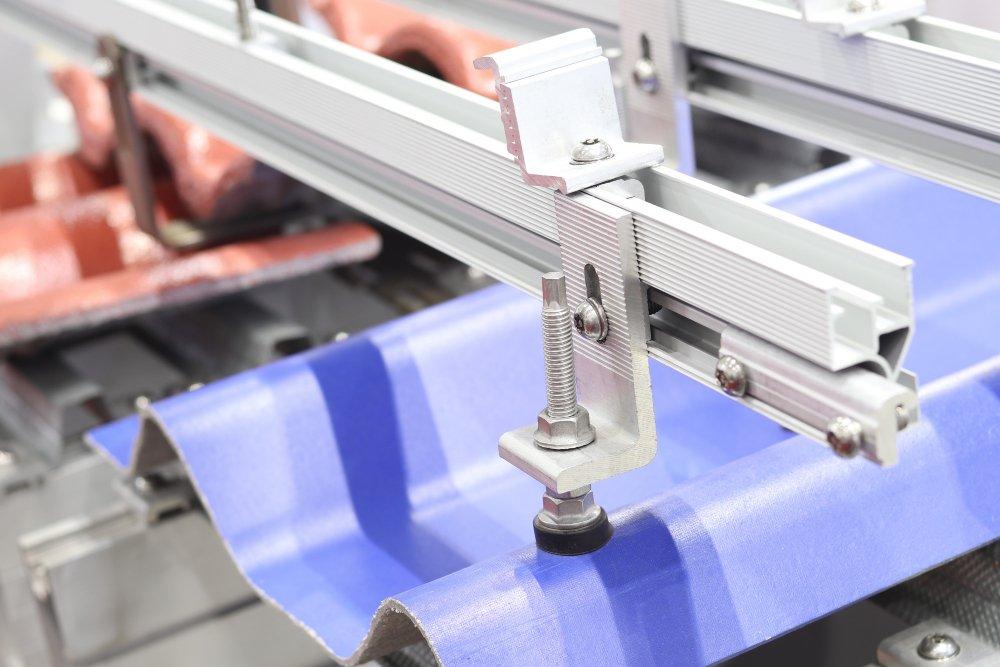
Different Types of Solar Systems Mounting Materials
While searching for solar mounts can easily get overwhelmed by the available options.
Don’t worry; we have listed some standard options so you can make an informed decision. Remember that your location, budget, and similar factors can impact the type of rail mounting you choose.
#1 Aluminum
The mounting rails made of aluminum are lightweight, corrosion-resistant, and strong. It’s an easy-to-work material because a standard tool can drill a hole in an aluminum angle. Not to mention, this mounting rail material goes well with various solar panel frames. But aluminum is not easy to weld.
#2 Angle Iron
Angle iron is another easy-to-work-with material. You can find this material and weld the brackets, but it can rust easily. So, it’s not an ideal mounting rail material choice for a wet environment.
#3 Stainless Steel
While stainless steel mounting rails are challenging, they last for many years. It is available on the expensive end.
#4 Wood
The last material is wood, which is inexpensive. Although readily available and straightforward, it cannot withstand harsh climatic conditions. Even if you treat the wood mounting rails with preservatives, they will get damaged.
Types of Solar Mounting Structures
You must choose the best solar mounting rail structure for solar panel installation. You can make the panels more efficient and durable using the proper structure.
Solar panels are expensive, so you must not overlook the mounting system choice. The solar modules must be stable so panels can easily withstand snow, wind, hail, or rain.
We have discussed some standard options for solar mounting, so you can fix the solar Panel and get the most out of it.
#1 Roof Mounts Racks
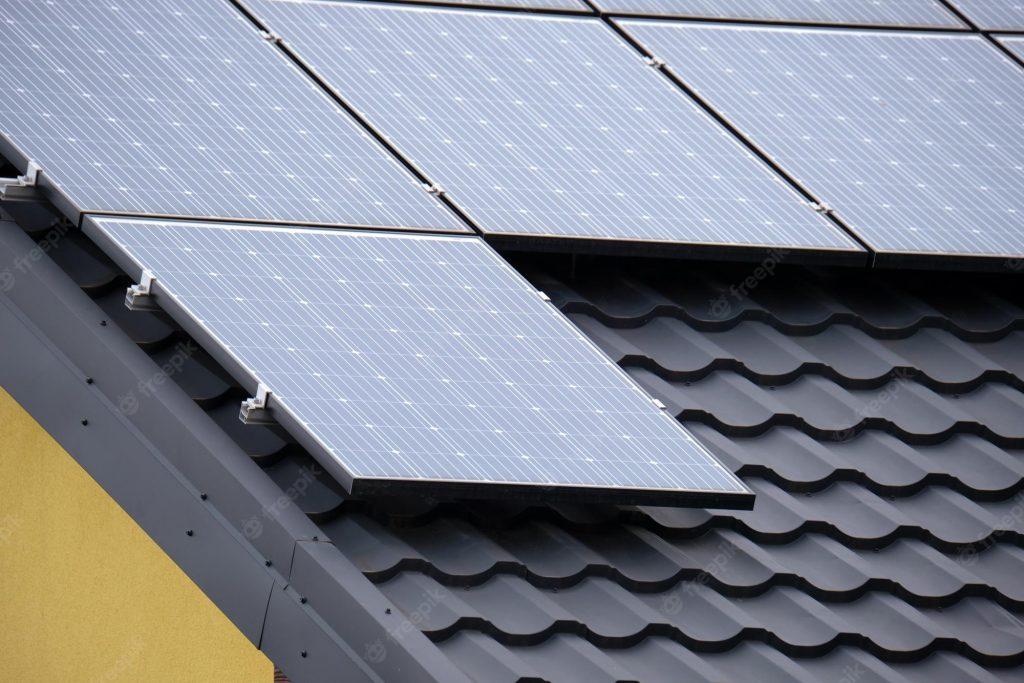
The first is the roof mount racks. It reduces the wire run distance between solar arrays and inverters or battery banks.
But this type of solar mounting structure involves roof penetrations. Also, there is a high risk of roof mount leaks. So, if you choose this structure type, ensure the roof is tightly sealed after the solar panel installation is complete really; it’s best to check after the first rainfall after solar panel installation is complete.
In addition, roof mount racks in this system might waste a lot of potential energy if the roof orientation and angle are inappropriate. No tree or structure must block the direct sunlight for the roof mount system to work correctly.
Common engineering issues with roof mount racks include boundary layer wind tunnel testing, seismic behavior analysis, and UL 2703[1] certification. This solar mounting structure is ideal for a spacious roof. You can either create an adjustable or fixed installation using this structure.
#2 Ground Mounts
If you want to install solar panels on the ground of your house, you can choose ground mounts. This solution is ideal for people with insufficient space on their roofs. Also, if trees or structures shadow the roof of your house, you can consider ground mounts.
The panels are installed using this solar mounting structure to be tilted up or down for better sunlight absorption easily.
The only disadvantage of this mounting structure is that it is prone to snow and leaves accumulation, dirt, and vandalism. That means the ground mount is appropriate for safe and secured areas with little dirt and snow.
#3 Pole Mount
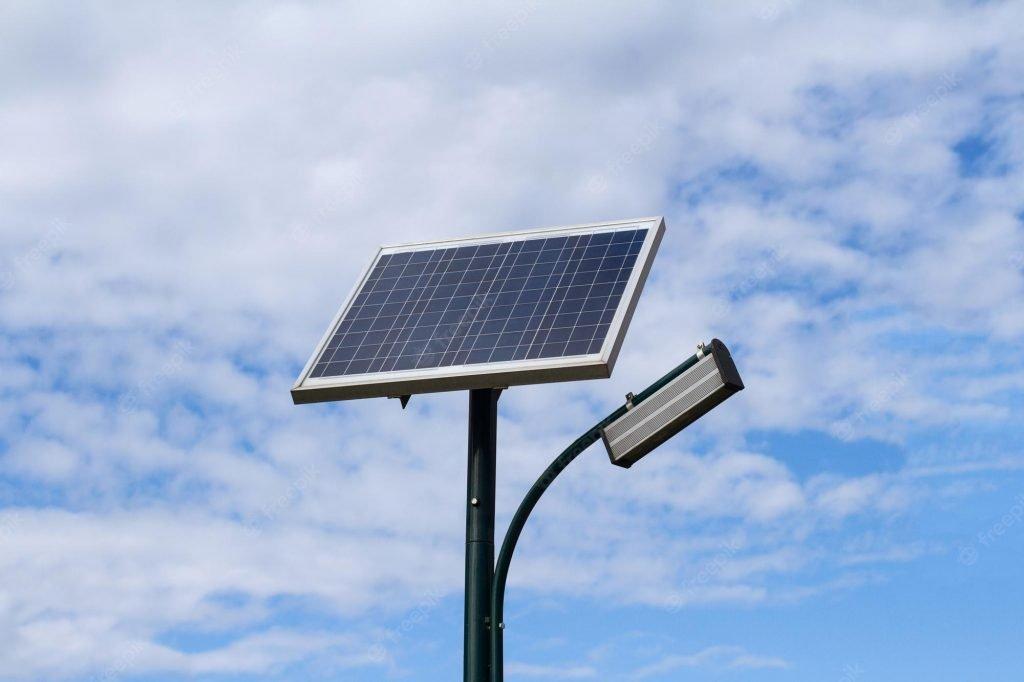
This type of solar mounting structure allows for installing solar panels on poles. You can either choose top-of-pole or side-of-pole for pole mounts.
Using top-of-pole, you can install solar panels several feet above the pole. On the other hand, side-of-pole allows you to install solar panels on the pole’s side.
You can choose top-of-pole fixed racks to install panels on top mounting poles with concrete securely. This way, the panels become less prone to vandalism and dirt, but cleaning the panels becomes challenging.
#4 Tracking System Mounted
A mounted tracking system is used for the solar water pumping and solar tracking systems. This mounting structure allows maximum solar radiation to fall on the Solar Panel.
You can choose from one-axis or two-axis mounted structures. It is ideal for hot regions with little to no cloud cover regularly. One-axis trackers measure the sun’s movement from east to west. On the other hand, the two-axis is used for tracking the sun’s daily movement and seasonal path.
It would help if you used solar trackers because it automatically tracks the sun’s movement throughout the day. This way, the Panel receives maximum sunlight. Although a tracking system-mounted structure is helpful, many people avoid installing it because it’s expensive.
Conclusion
You can say yes to clean energy and reduce your utility bill by installing solar panels. For the panel installation, you need essential mounting components, i.e., roof attachments, mounting rails, and module clamps. While selecting rail mounting, you must consider your budget and location to pick the right option for fixed, tilt, or angled Solar Panel mounting rails.

